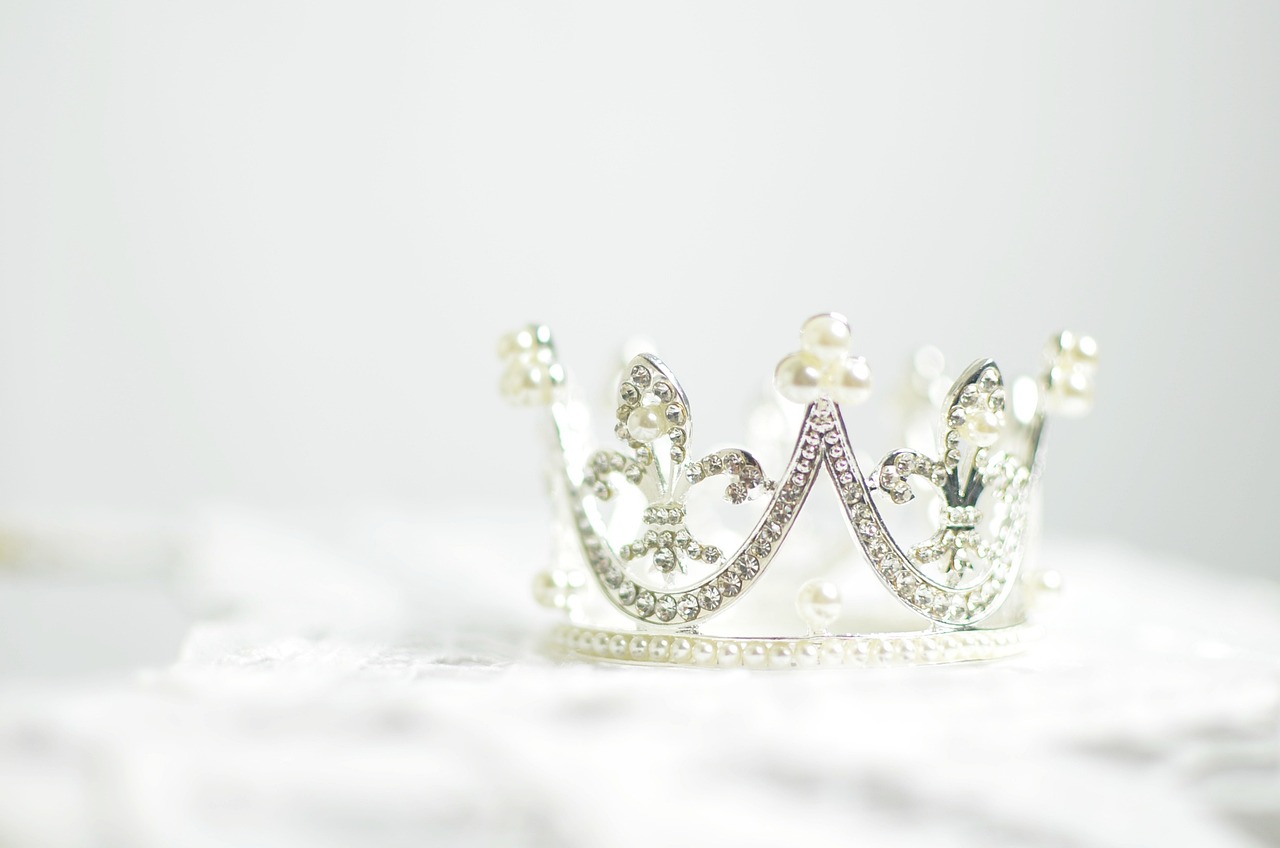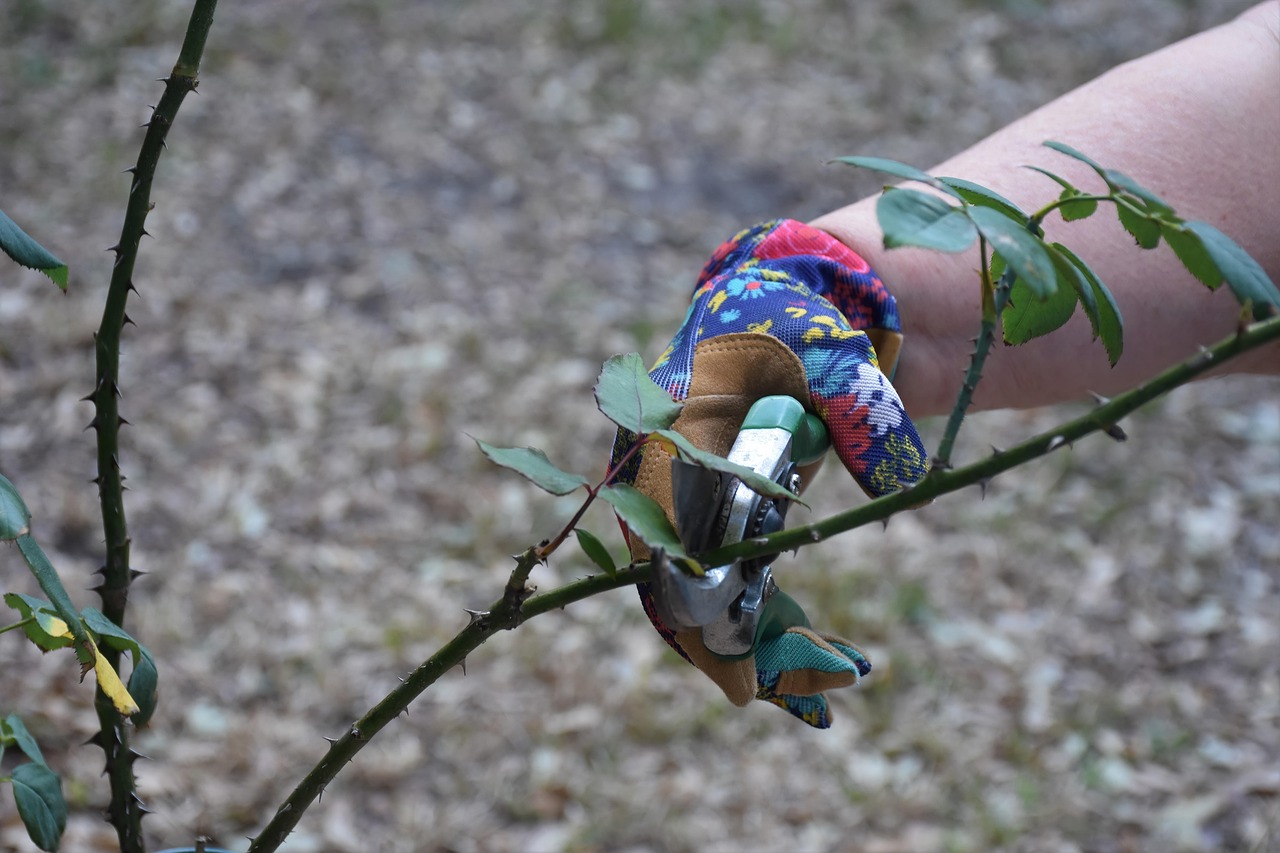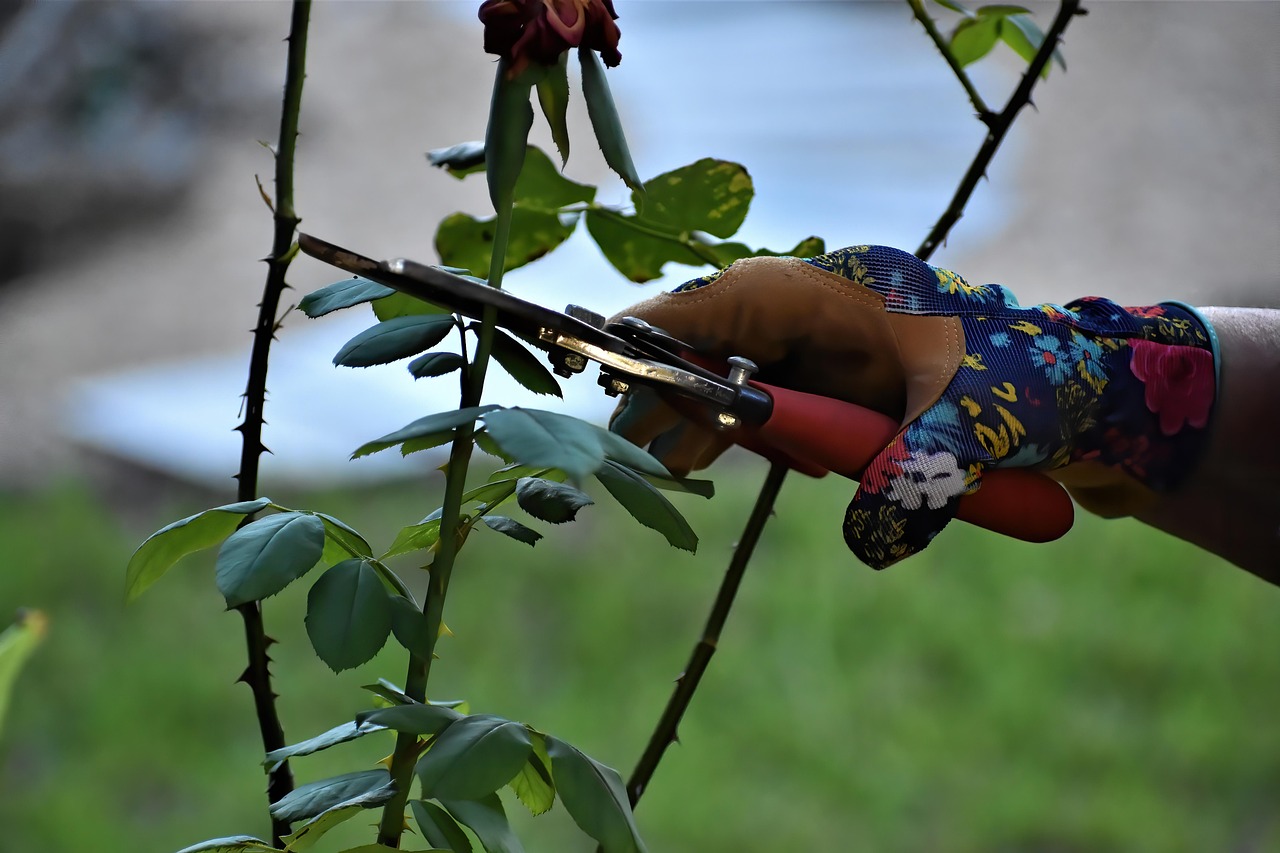Crown Reduction Pruning Explained: What It Is and Why Your Trees Need It
Crown reduction pruning is a tree maintenance technique that involves selectively reducing the size of a tree’s crown. This method is essential for improving the tree’s health, safety, and aesthetics. It helps manage the tree’s growth while maintaining its natural shape.
Trees are vital components of our environment. They provide shade, improve air quality, and enhance the beauty of landscapes. However, as trees grow, they can sometimes become overgrown or develop structural issues. Crown reduction pruning addresses these problems effectively. By carefully trimming back the branches of a tree’s crown, arborists can ensure that the tree remains healthy and safe for its surroundings.

This technique is not merely about cutting back branches; it requires skill and knowledge to perform correctly. Improper pruning can lead to damage or even the decline of the tree. Therefore, understanding the principles and benefits of crown reduction pruning is crucial for both tree owners and caretakers.
Why is Crown Reduction Pruning Important?
Crown reduction pruning offers several advantages that contribute to the overall well-being of trees. Below are some key reasons why this practice is essential:
- Health Maintenance: Reducing the crown helps remove dead, diseased, or damaged branches. This promotes healthier growth and reduces the risk of pest infestations.
- Safety: Overgrown trees can pose risks to nearby structures and people. Pruning helps prevent branches from breaking off during storms or high winds.
- Sunlight Penetration: Thinning out the crown allows more sunlight to reach lower branches and surrounding plants. This encourages better growth for all plants in the area.
- Aesthetic Appeal: Crown reduction can enhance the appearance of a tree, making it more visually appealing and better integrated into its landscape.
Understanding the Crown of a Tree

The crown of a tree is made up of its leaves, branches, and stems. It plays a crucial role in photosynthesis, which helps trees produce energy for growth. To appreciate the importance of crown reduction pruning, it is helpful to understand what constitutes a healthy crown.
| Crown Component | Function |
|---|---|
| Leaves | Conduct photosynthesis to produce energy. |
| Branches | Support leaves and fruit while facilitating nutrient transport. |
| Stems | Provide structure and support for the crown. |
A healthy crown should be balanced and well-structured. When branches grow too densely or unevenly, it can lead to issues such as poor air circulation and shading of lower branches. Crown reduction can help restore balance by removing excess growth while preserving the tree’s natural shape.
When Should Crown Reduction Pruning Be Done?

The timing of crown reduction pruning is critical for maximizing its benefits. Ideal times for performing this type of pruning often include:
- Late winter to early spring before new growth emerges.
- During the dormant season when trees are less stressed.
- After flowering if specific species are being pruned to avoid disrupting their blooming cycle.
By understanding when to perform crown reduction pruning, tree care professionals can ensure that trees remain healthy and vibrant throughout their growth cycles.
Techniques for Crown Reduction Pruning
When it comes to crown reduction pruning, several techniques can be utilized to achieve the desired results. Each method has its own purpose and should be chosen based on the specific needs of the tree. Here are some common techniques:
- Thinning: This technique involves selectively removing branches to reduce density without significantly altering the overall size of the tree. It improves air circulation and light penetration.
- Heading: Heading cuts shorten branches to a predetermined length. This method is effective for controlling the height of a tree and maintaining its shape.
- Reduction Cuts: These cuts remove the tips of branches back to a lateral branch or bud. This promotes new growth at the cut point and helps maintain the tree’s natural form.
- Canopy Management: This technique involves adjusting the tree’s canopy to balance growth and maintain safety. It considers the tree’s overall structure and surrounding environment.
Common Mistakes in Crown Reduction Pruning
While crown reduction pruning can be beneficial, there are common mistakes that can lead to negative outcomes. Knowing these pitfalls can help prevent damage to your trees:
- Over-Pruning: Removing too many branches can stress the tree and hinder its ability to photosynthesize. It is essential to prune conservatively.
- Poor Timing: Pruning at the wrong time can disrupt a tree’s growth cycle and lead to health issues. Always consider the species and growth patterns.
- Improper Cuts: Making cuts in the wrong locations can result in unsightly scars and may leave the tree vulnerable to diseases.
- Neglecting Tree Species Needs: Different species have unique requirements regarding crown reduction. Understanding these needs is crucial for effective pruning.
The Benefits of Professional Crown Reduction Pruning
While some homeowners may choose to prune their trees themselves, hiring a professional arborist for crown reduction has several advantages:
- Expertise: Arborists possess the knowledge and experience needed to assess a tree’s health and determine the best pruning techniques.
- Safety: Tree pruning can be hazardous, especially for large trees. Professionals are equipped with the right tools and safety gear to perform the job safely.
- Long-term Health: A professional arborist can provide ongoing care and advice, ensuring that your trees remain healthy over the years.
- Proper Equipment: Arborists use specialized equipment that allows them to perform precise cuts without damaging the tree.
Crown Reduction Pruning for Different Tree Types
Different species of trees respond differently to crown reduction pruning. Understanding these variations is essential for effective maintenance. Here are a few examples:
Deciduous Trees
Deciduous trees, such as maples and oaks, benefit greatly from crown reduction during their dormant season. Pruning in late winter helps minimize stress and encourages vigorous growth in spring.
Evergreen Trees
Evergreens, like pines and spruces, require a more delicate approach. It is advisable to thin rather than heavily reduce their crowns, as they may not recover as quickly from significant cuts.
Fruit Trees
Crown reduction in fruit trees should focus on maintaining an open canopy. This practice allows sunlight to reach all parts of the tree, enhancing fruit production. Timing is crucial, as pruning after flowering can affect fruit yield.
Signs Your Tree Needs Crown Reduction Pruning
Identifying when your tree needs crown reduction pruning can prevent potential issues. Look for the following signs:
- Crowded Branches: If branches are growing too close together, it may be time for a reduction.
- Dead or Damaged Branches: These should be removed promptly to prevent further decay.
- Excessive Height: If a tree is growing too tall for its location, crown reduction can help manage its height.
- Pest Infestations: A dense canopy can harbor pests; reducing the crown improves airflow and reduces pest problems.
Crown reduction pruning is a vital practice that supports the health and longevity of trees. By understanding the techniques, benefits, and signs of when to prune, tree owners can ensure their trees thrive in their environments.

Tools for Crown Reduction Pruning
Using the right tools is essential for effective crown reduction pruning. Proper equipment ensures clean cuts, minimizes damage, and enhances the overall health of the tree. Here are some common tools used in crown reduction pruning:
- Hand Pruners: Ideal for small branches, hand pruners provide precision and ease of use. They are perfect for making clean cuts on branches up to ¾ inch thick.
- Loppers: For branches thicker than what hand pruners can handle, loppers offer a longer reach and greater leverage. These tools are suitable for cutting branches up to 2 inches in diameter.
- Pruning Saws: When dealing with larger branches, pruning saws are necessary. They come in various sizes and can effectively cut through thicker limbs.
- Chainsaws: For extensive crown reductions or larger trees, chainsaws may be required. These powerful tools allow for quick cuts, but they require caution and proper training to use safely.
- Safety Gear: Always wear appropriate safety gear, such as gloves, goggles, and helmets, especially when using power tools.
How to Prepare for Crown Reduction Pruning
Preparation is key to successful crown reduction pruning. Taking the time to plan can make the process smoother and more effective. Here are steps to prepare:
- Assess the Tree: Before starting, evaluate the tree’s health, structure, and growth patterns. Identify which branches need to be pruned and formulate a plan.
- Determine Cutting Points: Mark the locations where cuts will be made. Aim to cut back to a lateral branch or bud to encourage healthy regrowth.
- Gather Tools: Collect all necessary tools and ensure they are clean and sharp. Dull tools can cause damage and lead to complications.
- Check Weather Conditions: Ideal weather conditions for pruning include dry days. Avoid rainy or windy days to ensure safety and effectiveness.
Best Practices for Crown Reduction Pruning
Implementing best practices during crown reduction pruning helps ensure that trees remain healthy and thrive after pruning. Here are some guidelines to follow:
- Prune Gradually: Avoid removing too much at once. Gradual pruning allows the tree to adjust and promote healthier regrowth.
- Maintain Natural Shape: Aim to preserve the tree’s natural form. Avoid creating awkward shapes that can lead to structural issues.
- Make Clean Cuts: Ensure cuts are smooth and clean to minimize stress on the tree. Rough cuts can lead to disease or decay.
- Monitor After Pruning: After completing the pruning, observe the tree’s response in the following weeks. Look for new growth or signs of stress.
The Role of Crown Reduction Pruning in Urban Environments
In urban settings, trees often face unique challenges due to limited space, pollution, and environmental stressors. Crown reduction pruning plays a significant role in managing these challenges:
- Space Management: Urban trees may grow too close to buildings or power lines. Crown reduction helps maintain safe distances while promoting healthy growth.
- Aesthetic Value: Well-pruned trees enhance the visual appeal of urban landscapes, contributing positively to community aesthetics.
- Improved Air Quality: Trees contribute to better air quality by filtering pollutants. Healthy trees with proper crown management function more effectively in this role.
- Pest Control: Pruned trees are less likely to harbor pests, which is especially important in urban areas where tree diversity may be limited.
Environmental Considerations in Crown Reduction Pruning
Crown reduction pruning should consider the broader environmental impact it can have on local ecosystems. Here are some factors to keep in mind:
- Wildlife Habitat: Trees provide habitats for various species. Careful pruning helps maintain these habitats while ensuring tree health.
- Biodiversity Preservation: Healthy trees support a diverse range of flora and fauna. Responsible pruning practices contribute to biodiversity conservation.
- Sustainability Practices: Using sustainable methods and organic treatments during pruning reduces negative impacts on the environment and promotes long-term tree health.
Crown reduction pruning is not only a technique for maintaining individual trees but also a vital practice that contributes to urban landscapes and environmental health. By employing the right tools, techniques, and considerations, tree owners can enhance their green spaces effectively.
Future Trends in Crown Reduction Pruning
As environmental awareness grows and urban landscapes continue to evolve, crown reduction pruning practices are also adapting. Here are some trends that may shape the future of this essential tree care technique:
- Integration of Technology: The use of technology, such as drone surveys and tree health monitoring systems, is becoming more prevalent. These advancements can assist arborists in making informed decisions about pruning needs and timing.
- Sustainable Practices: There is a growing emphasis on sustainability within arboriculture. This includes the use of organic treatments and environmentally friendly methods that minimize harm to surrounding ecosystems.
- Community Engagement: More communities are becoming involved in tree care initiatives. Educational programs are being developed to raise awareness of proper pruning techniques, ensuring that more people understand the importance of crown reduction.
- Focus on Climate Resilience: As climate change impacts trees, pruning practices will likely evolve to address resilience. Techniques may shift to help trees better withstand extreme weather conditions and environmental stressors.
The Importance of Regular Tree Maintenance
Crown reduction pruning is just one aspect of comprehensive tree care. Regular maintenance is essential for ensuring the health and longevity of trees. Here are some key practices to include as part of a regular tree care routine:
- Regular Inspections: Conducting routine checks on tree health helps identify potential problems early. Look for signs of disease, pest infestation, or structural issues.
- Seasonal Pruning: In addition to crown reduction, seasonal pruning can help maintain tree shape and health. Each season presents unique opportunities for care.
- Soil Management: Healthy soil promotes strong root systems. Consider soil testing and appropriate amendments to support tree health.
- Watering Practices: Ensuring trees receive adequate water, especially during dry spells, is vital for their growth and resilience.
Community and Environmental Impact
The impact of crown reduction pruning extends beyond individual trees. Healthy trees contribute significantly to community well-being and environmental health:
- Air Quality Improvement: Trees play a crucial role in filtering air pollutants, improving overall air quality in urban areas.
- Urban Cooling: Properly maintained trees provide shade, which can help reduce urban heat islands and lower energy consumption for cooling.
- Enhancing Property Values: Well-maintained landscapes with healthy trees can increase property values and enhance neighborhood appeal.
- Cultural Significance: Trees often hold cultural and historical significance in communities. Responsible care ensures these important natural assets are preserved for future generations.
Final Thoughts
Crown reduction pruning is a vital practice that not only enhances the aesthetic appeal of trees but also supports their health and longevity. Understanding the techniques involved, recognizing when to prune, and employing the right tools are essential for effective tree care. As we move forward, integrating sustainable and innovative practices will be key to maintaining healthy urban forests.
Effective crown reduction improves safety, enhances environmental benefits, and fosters community engagement with nature. By prioritizing regular maintenance and being mindful of the ecological impact, tree owners can contribute positively to their surroundings. Ultimately, the health of our trees reflects the health of our environment, making crown reduction pruning an essential component of responsible tree stewardship.
Through education and awareness, both professionals and homeowners can work together to ensure that our trees thrive in harmony with their environments. The efforts put forth today will yield benefits for future generations, creating greener, healthier communities.
